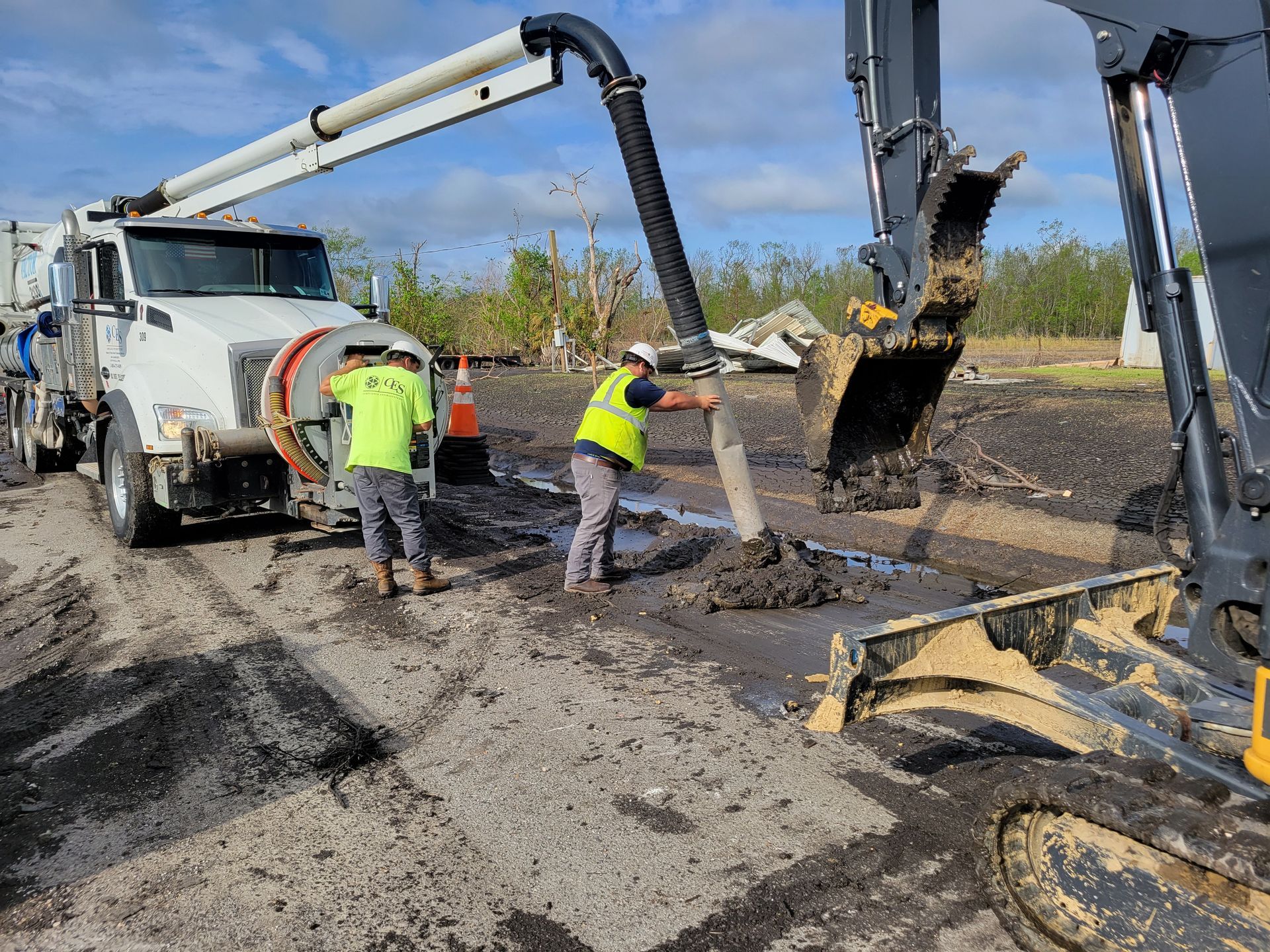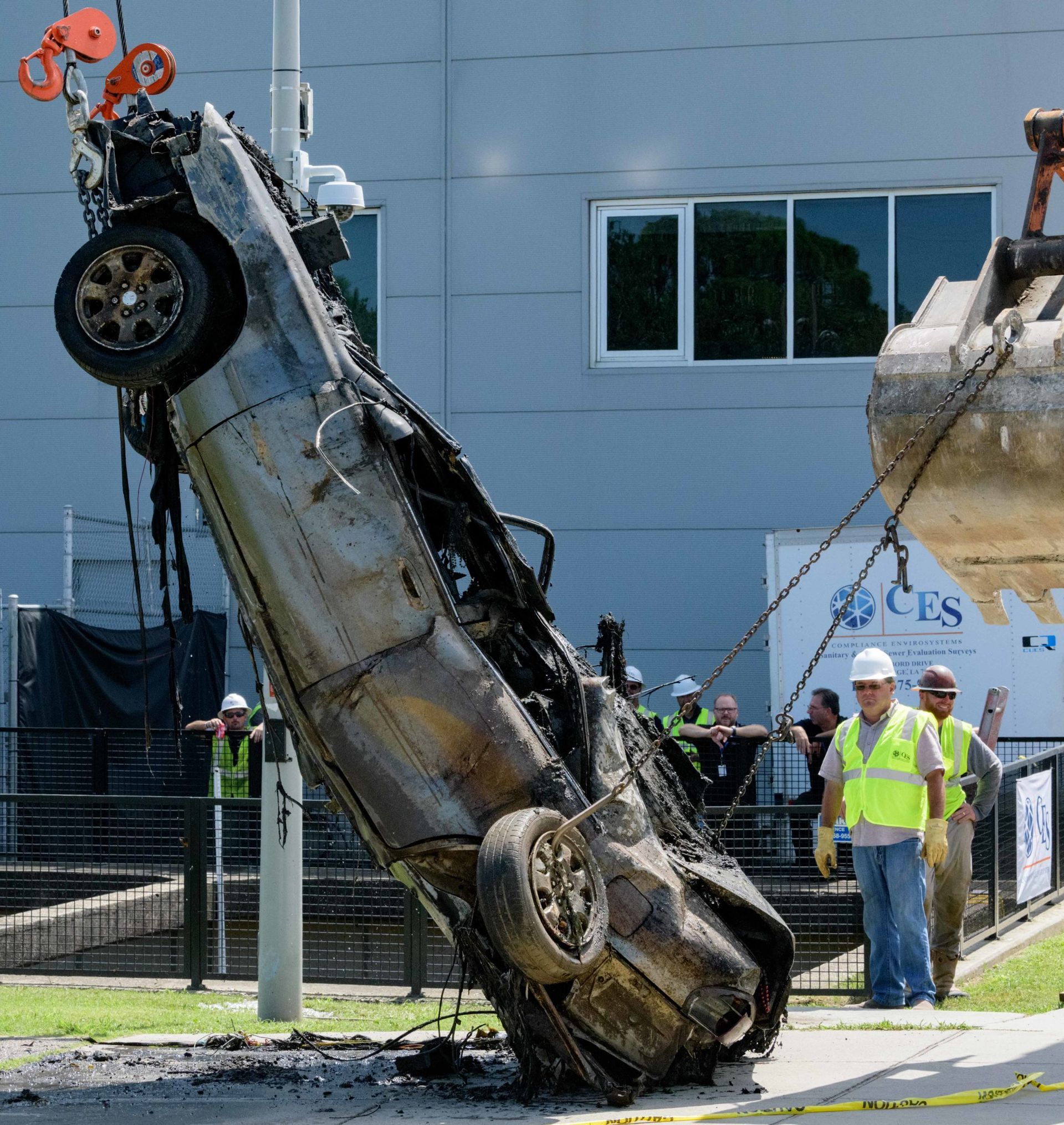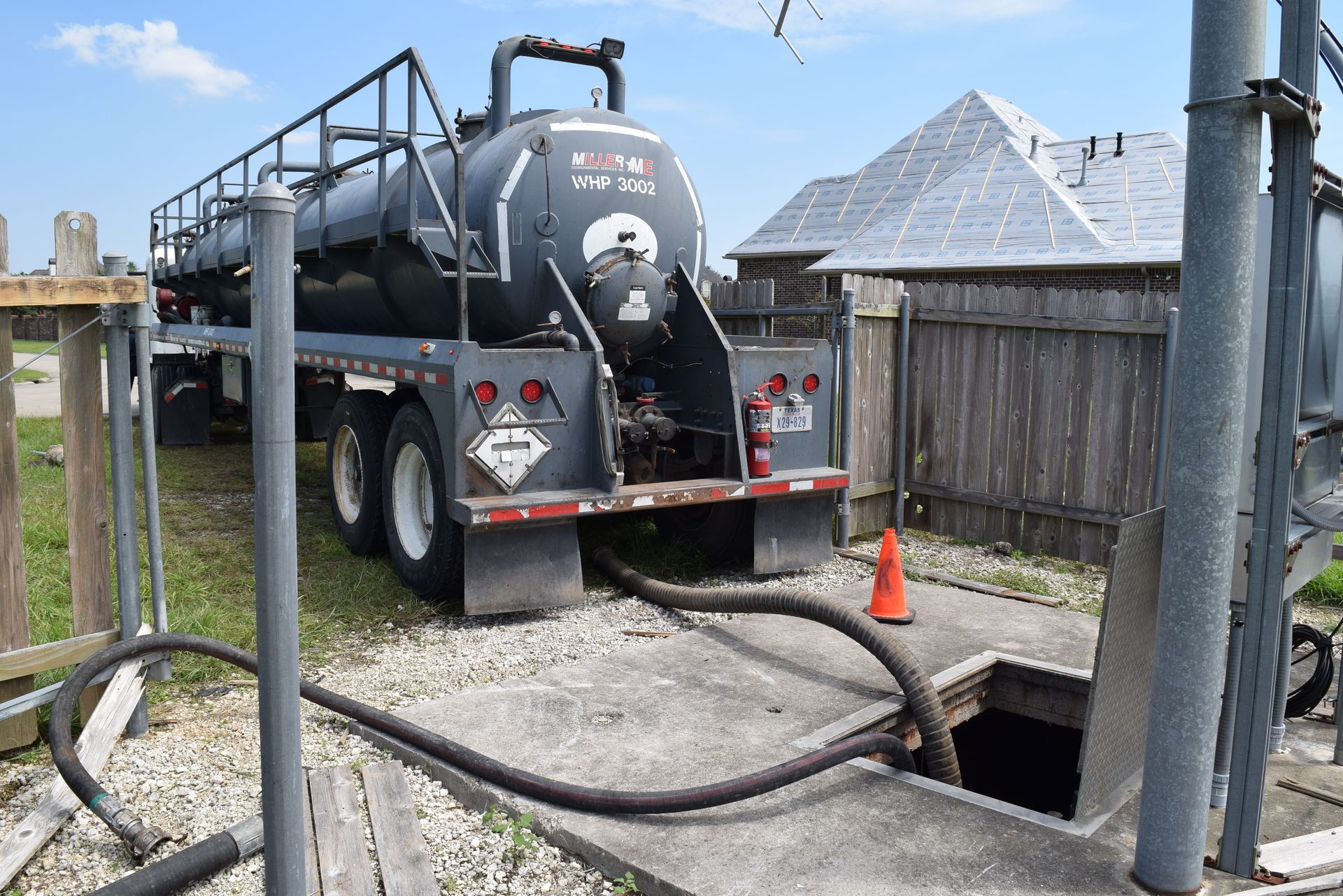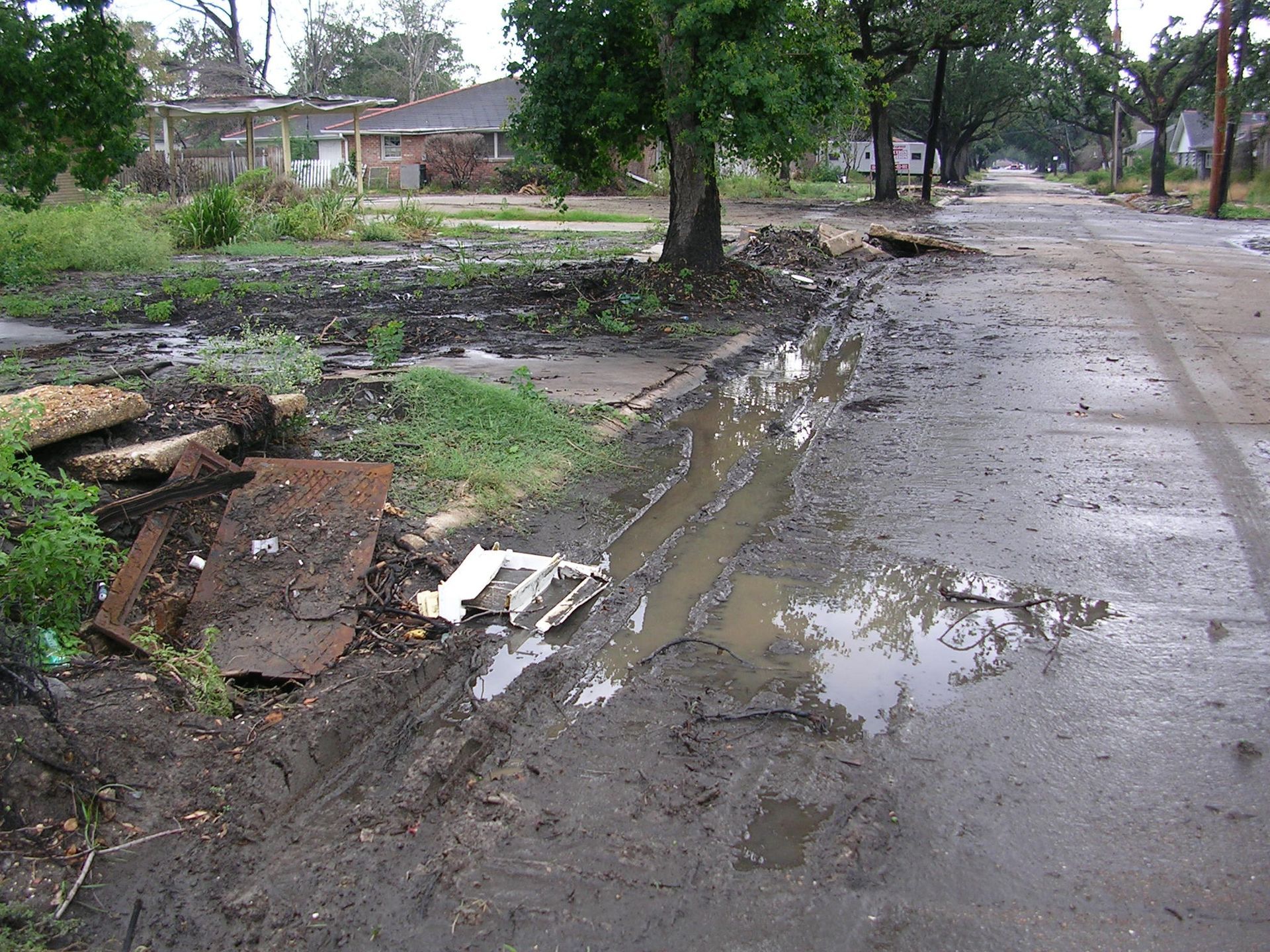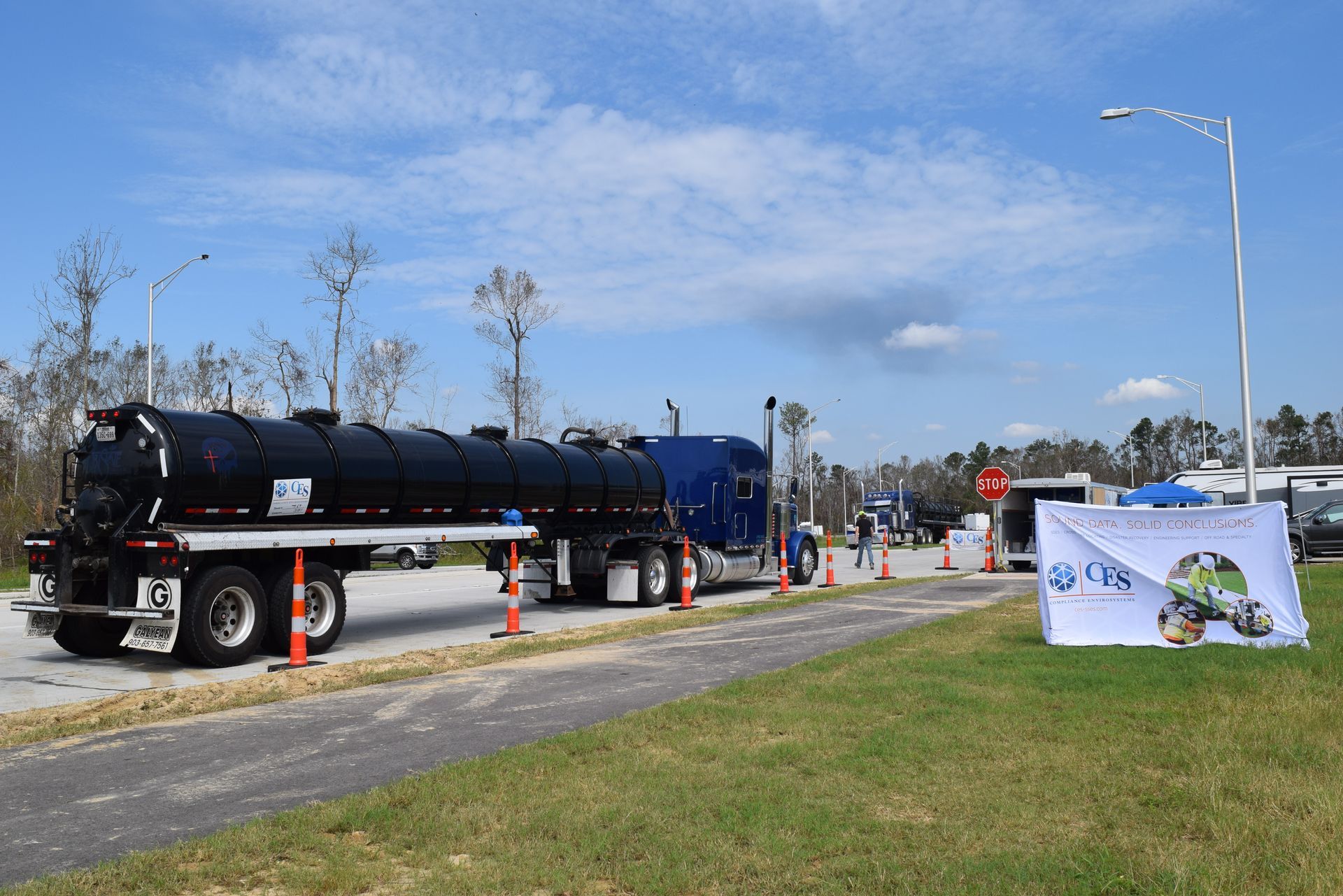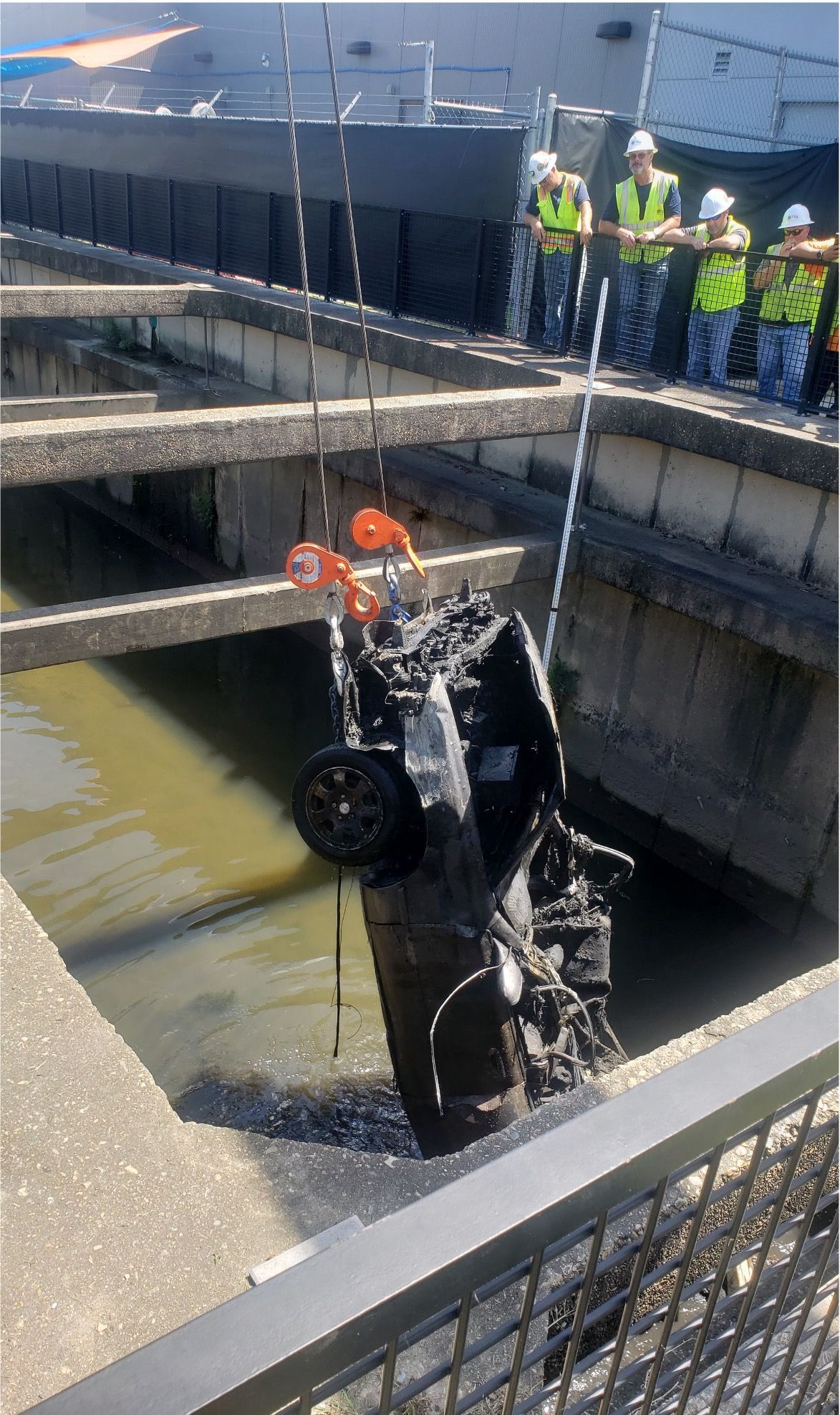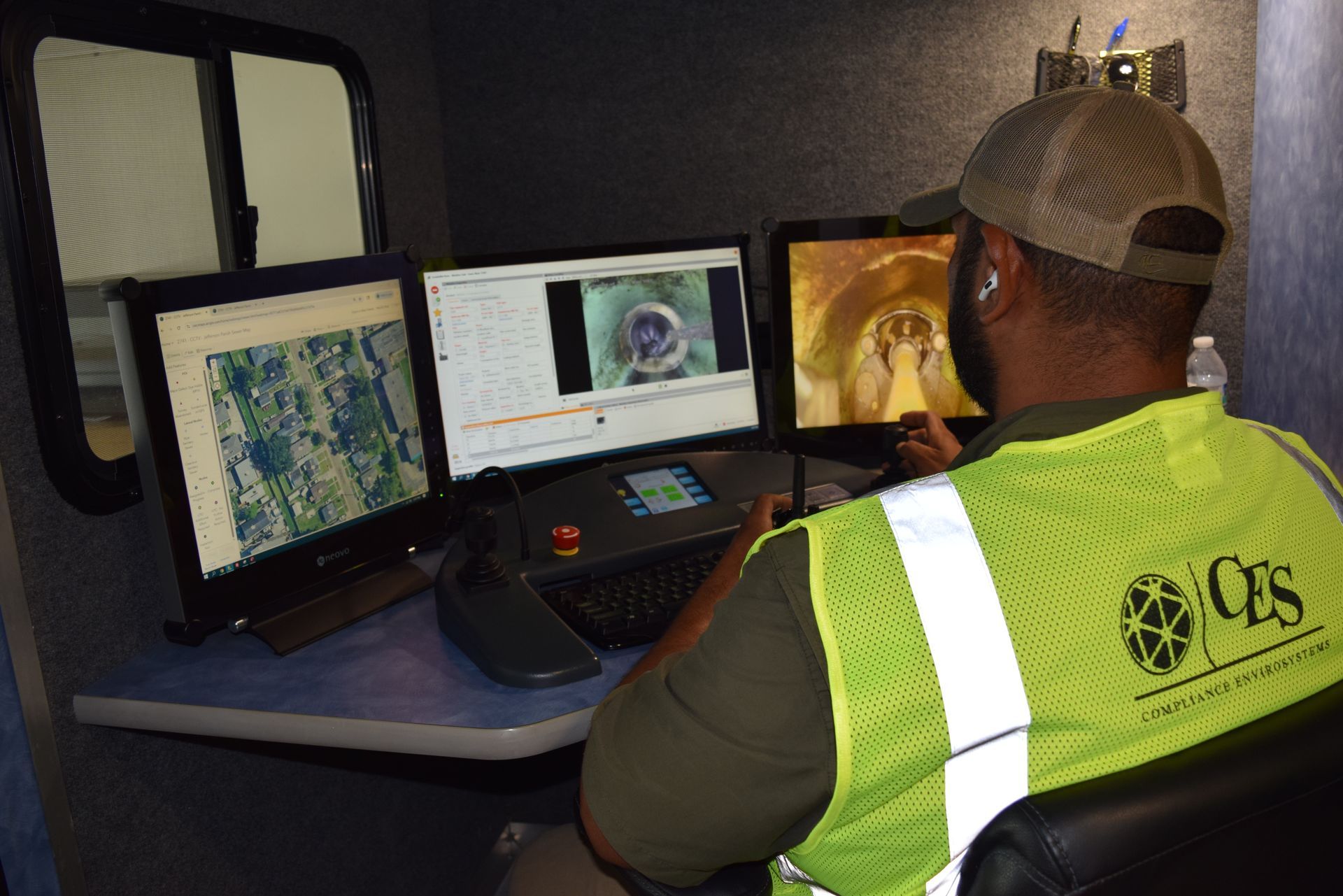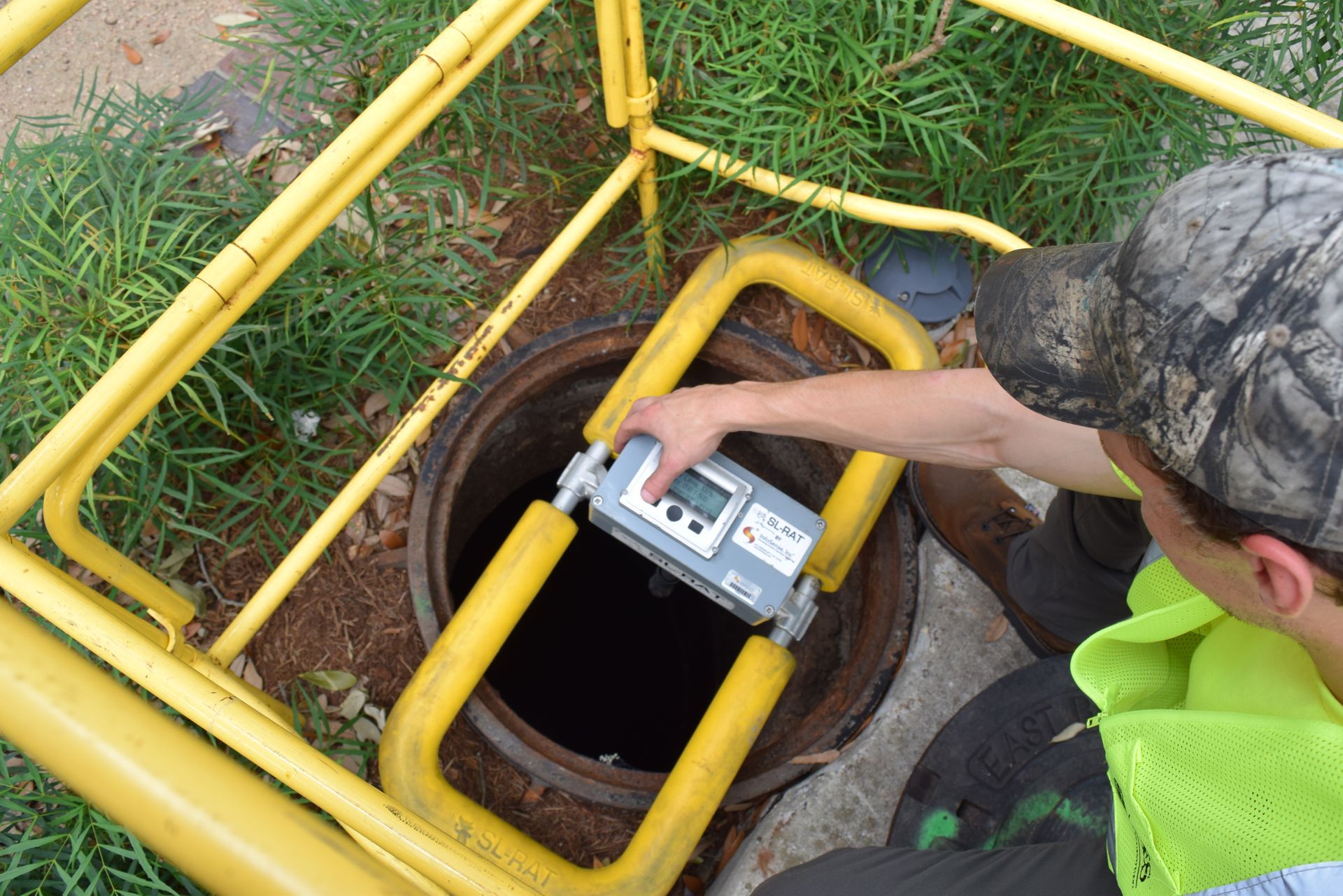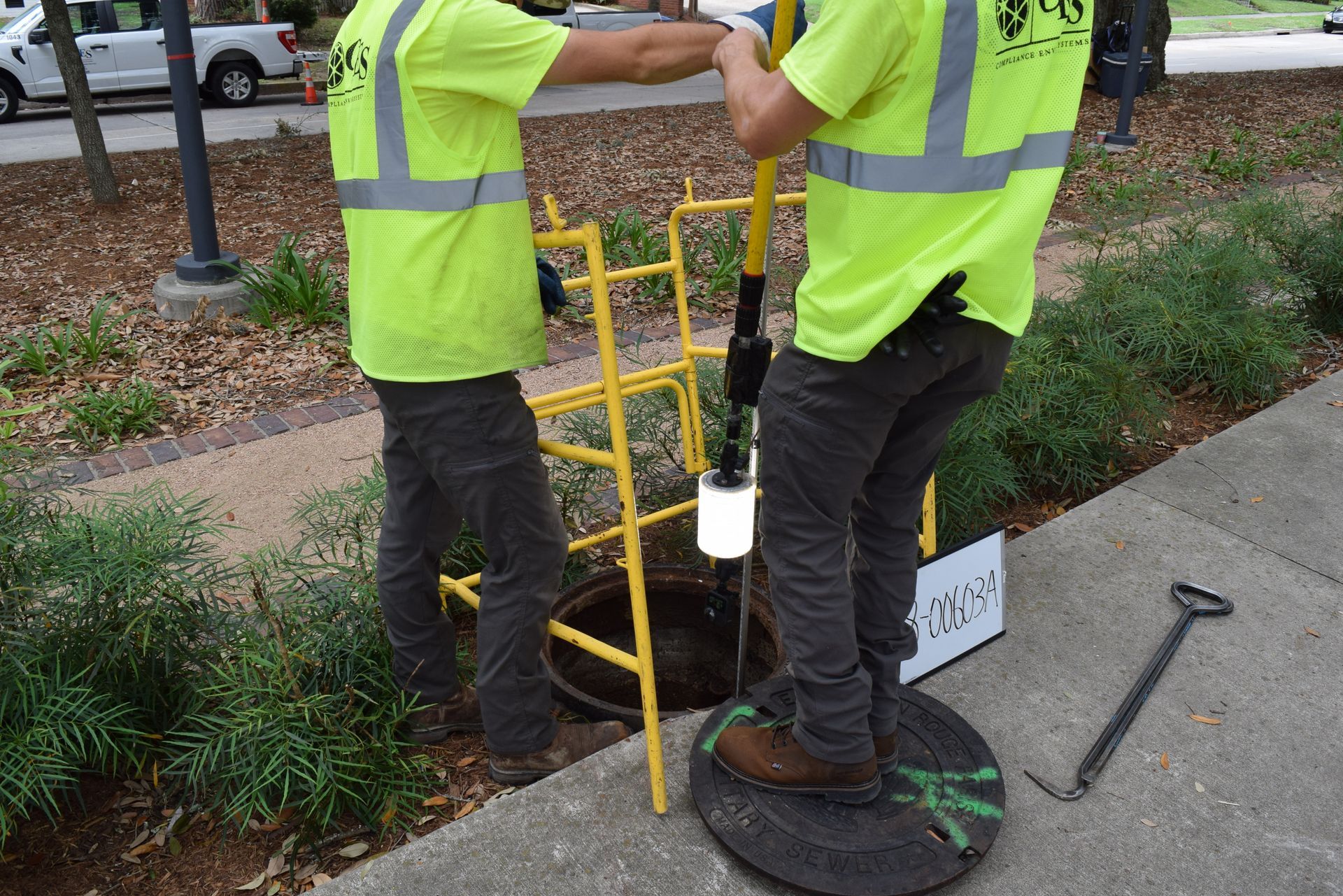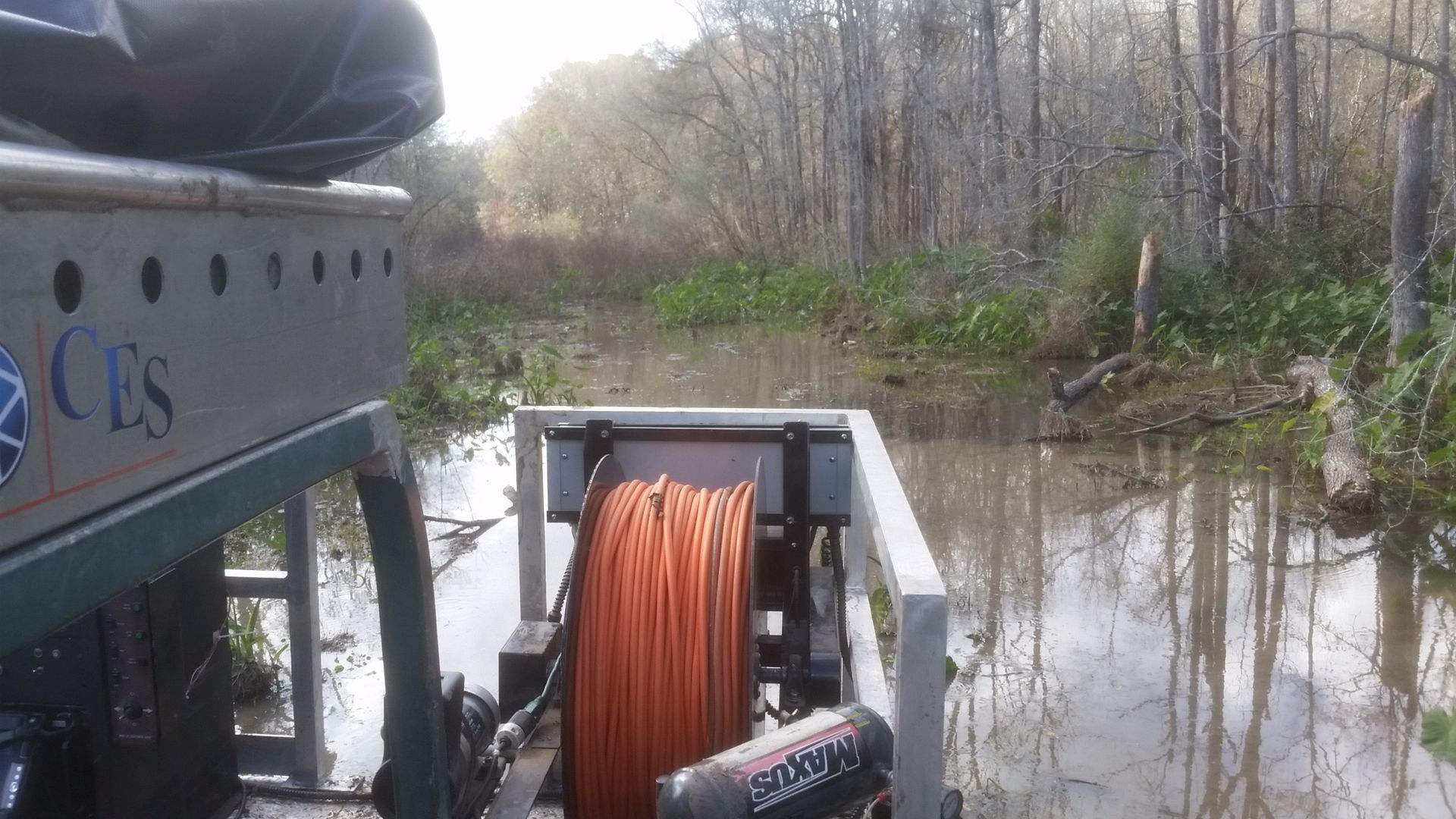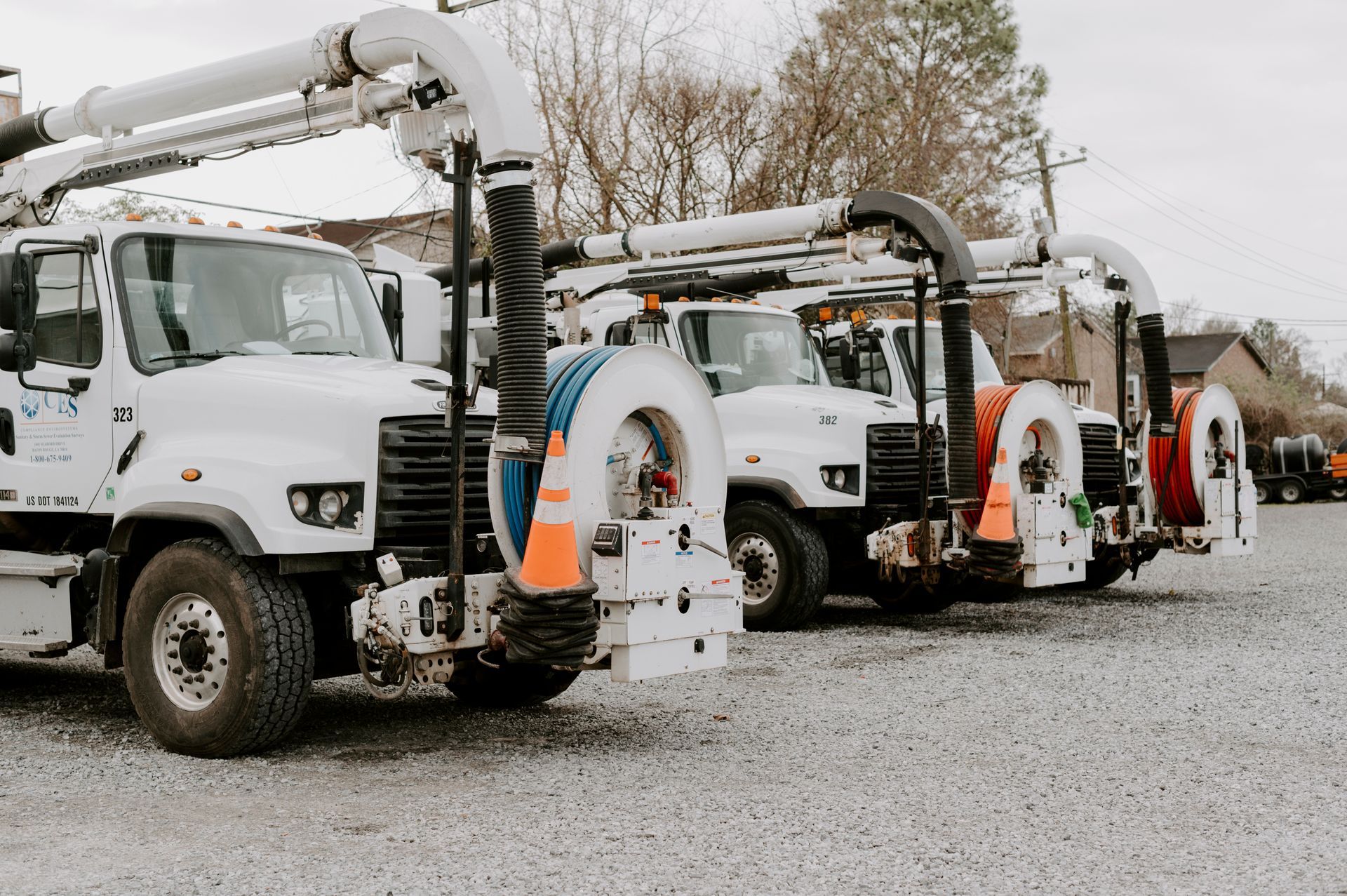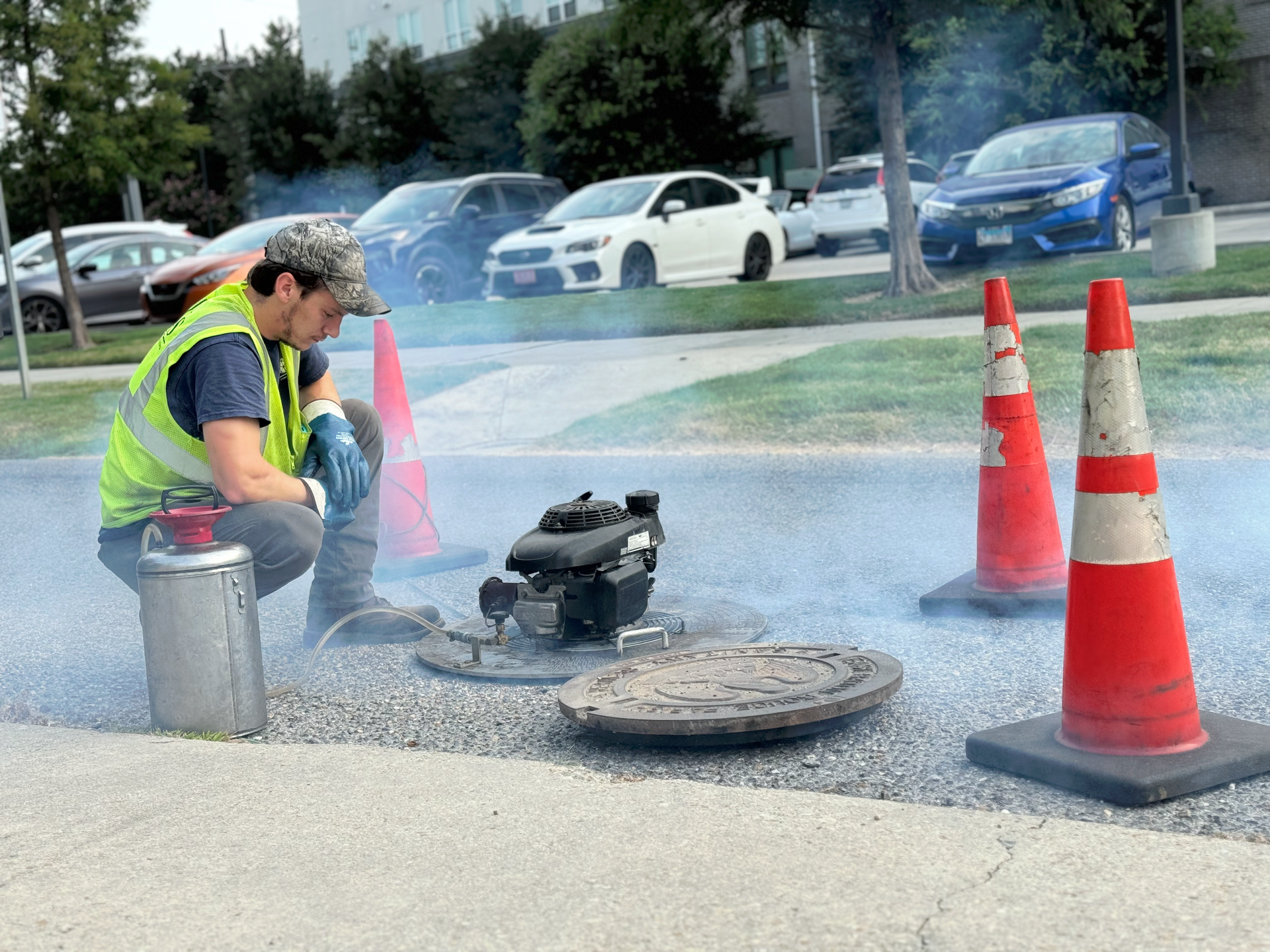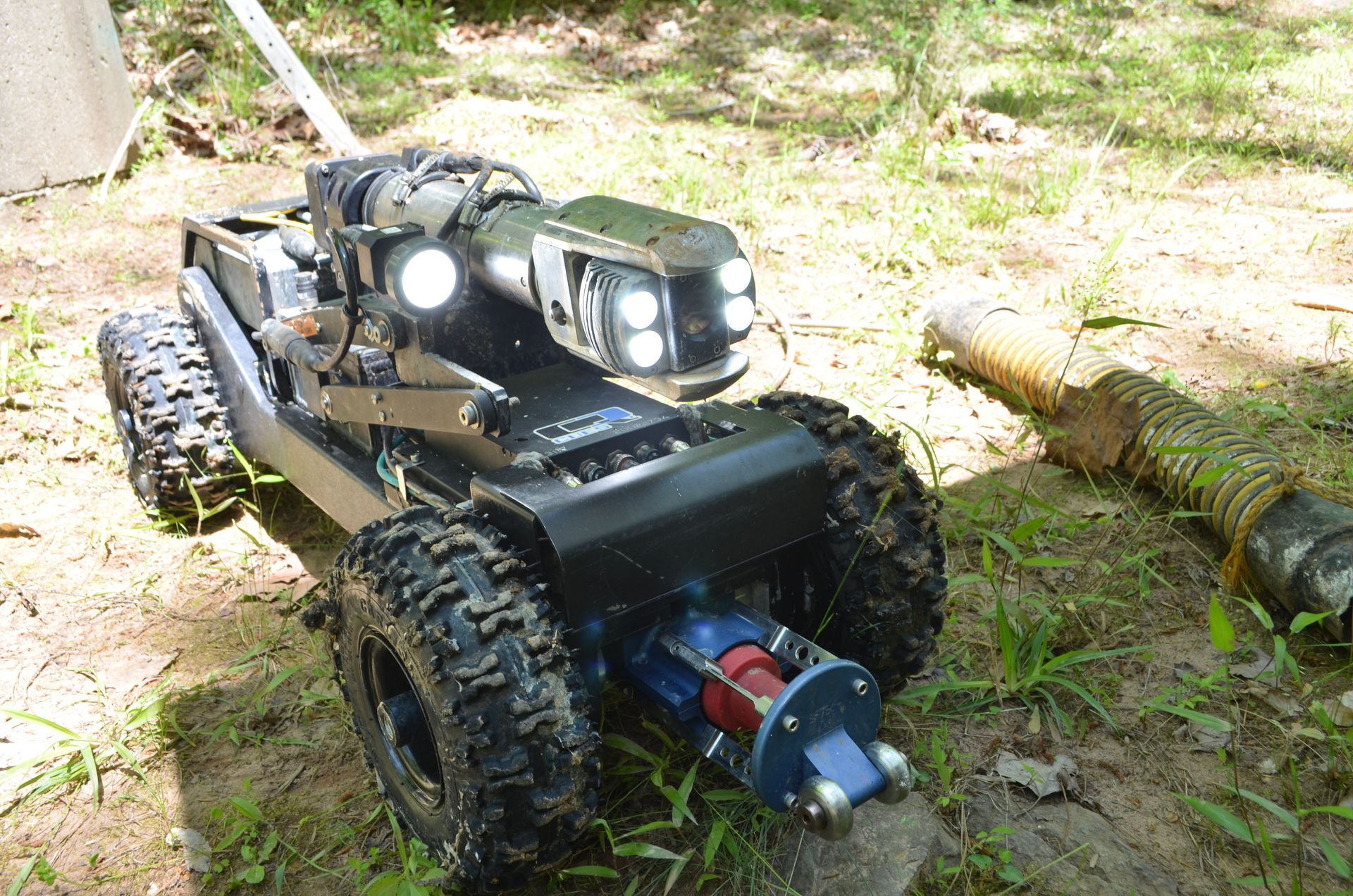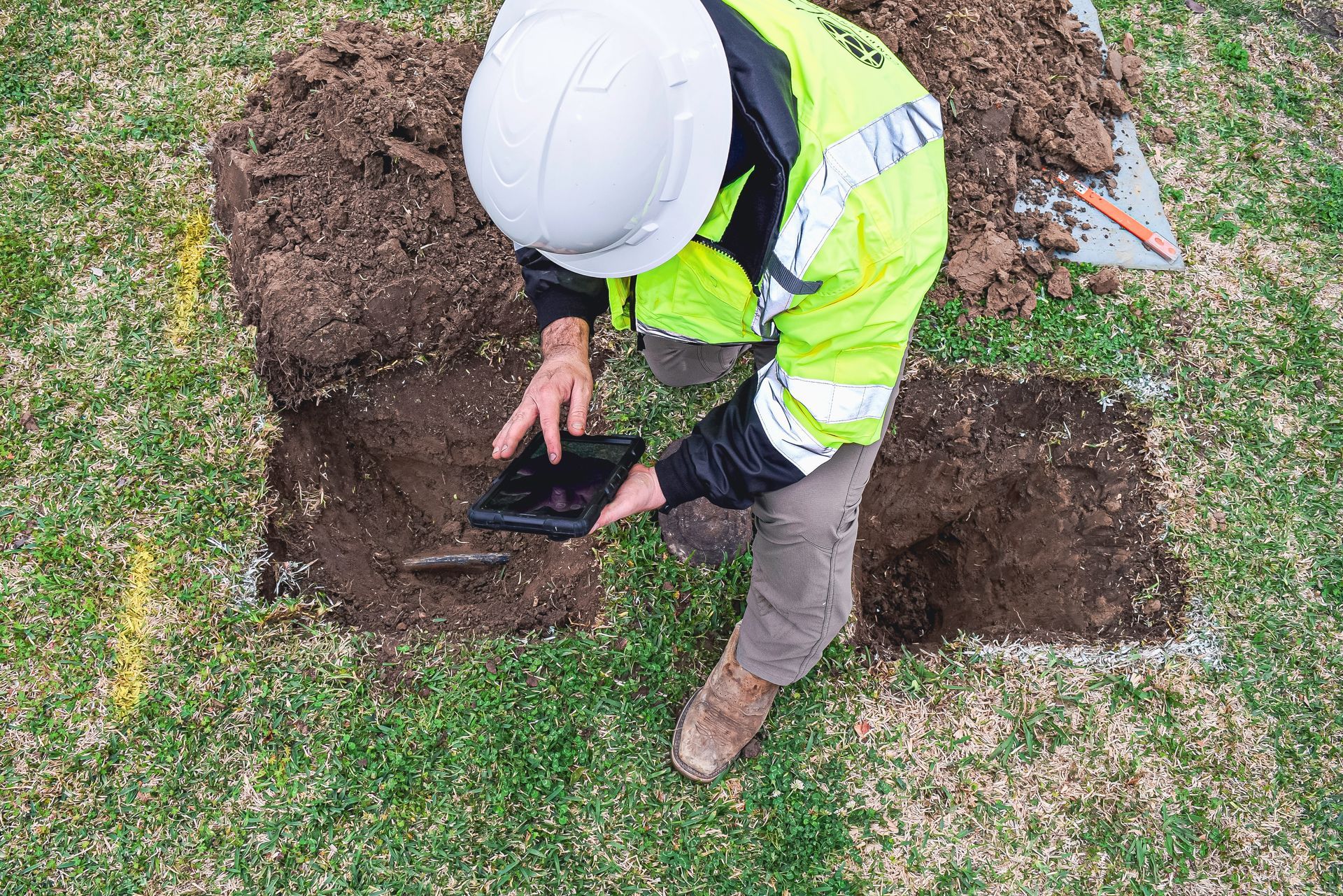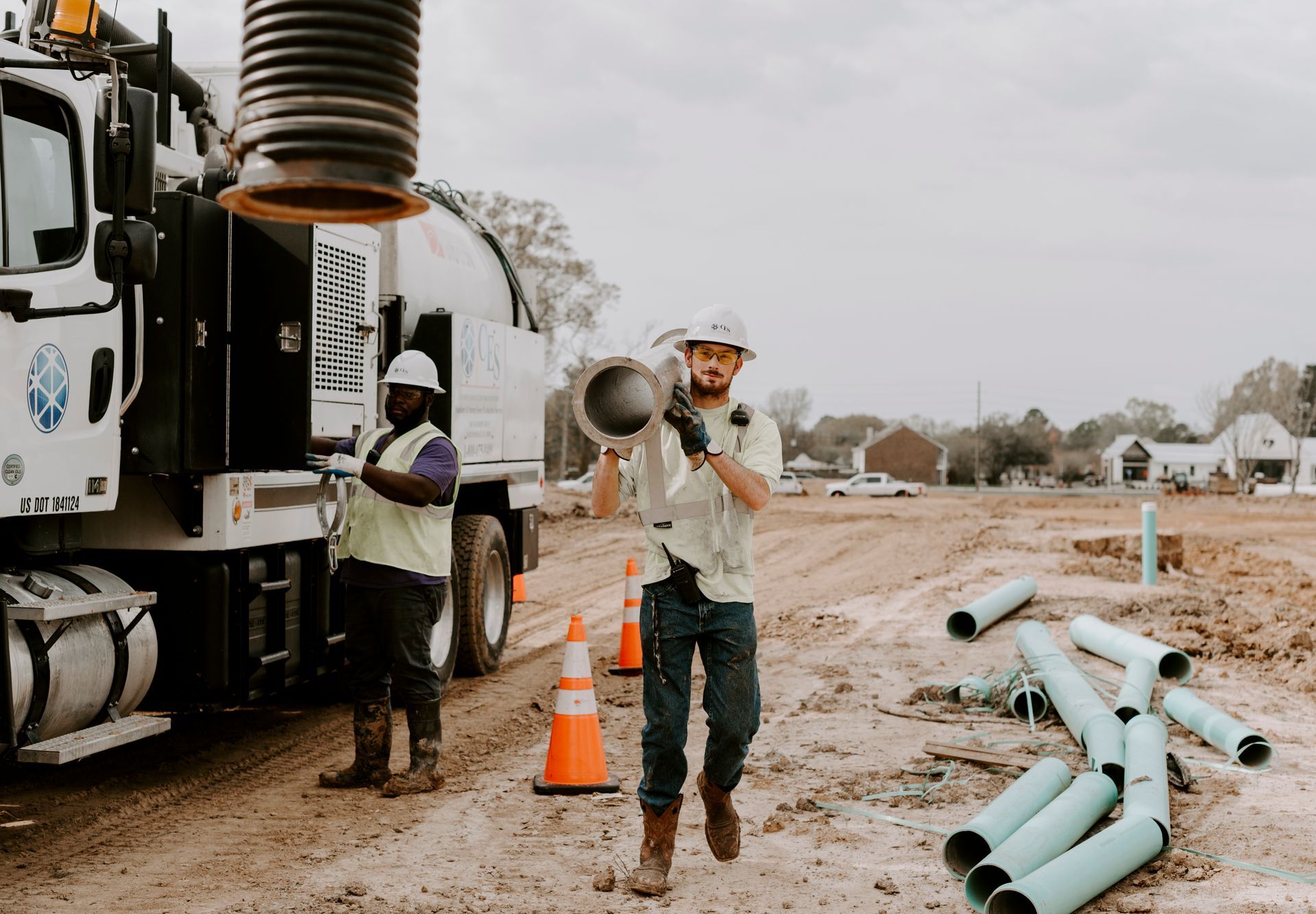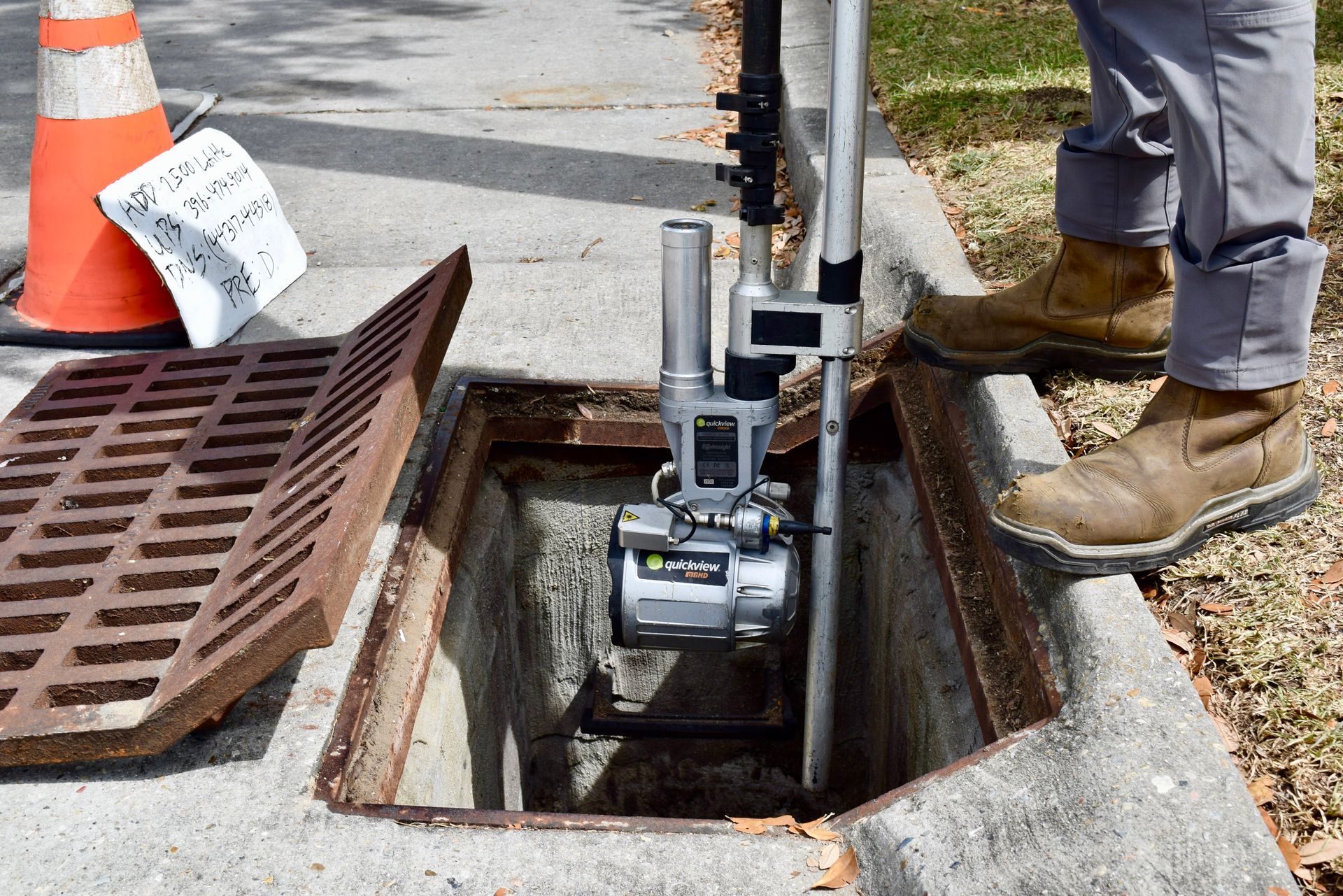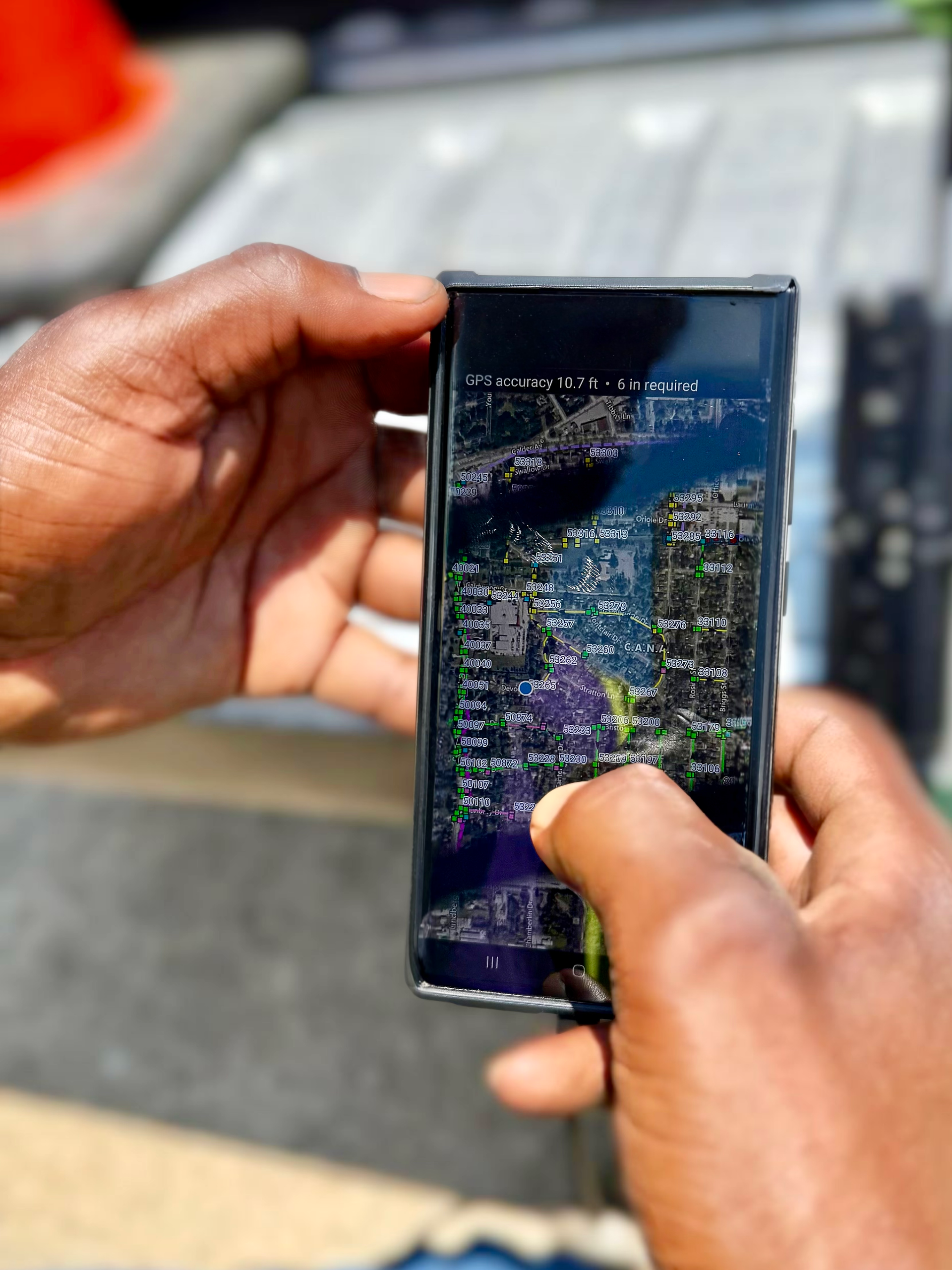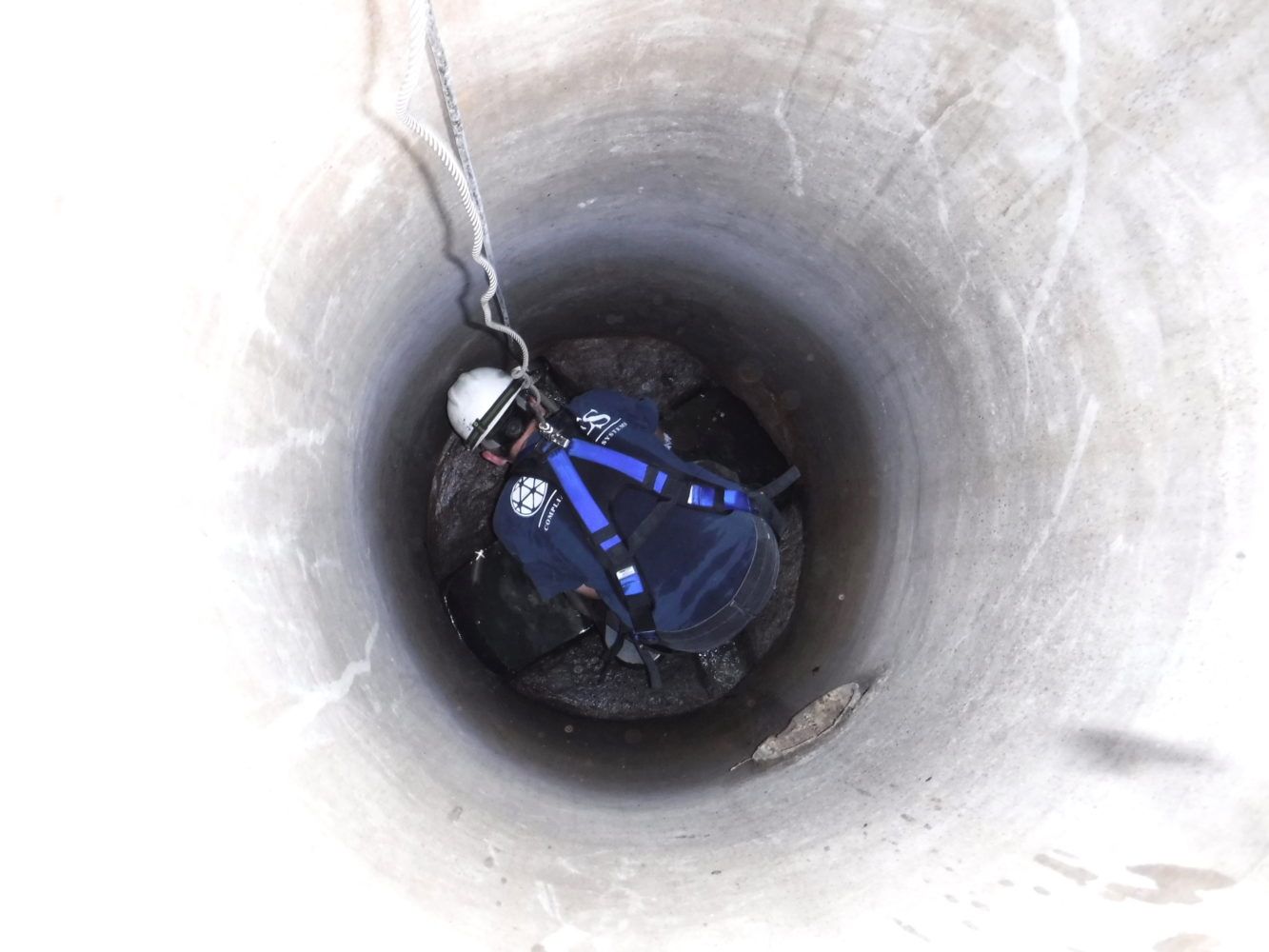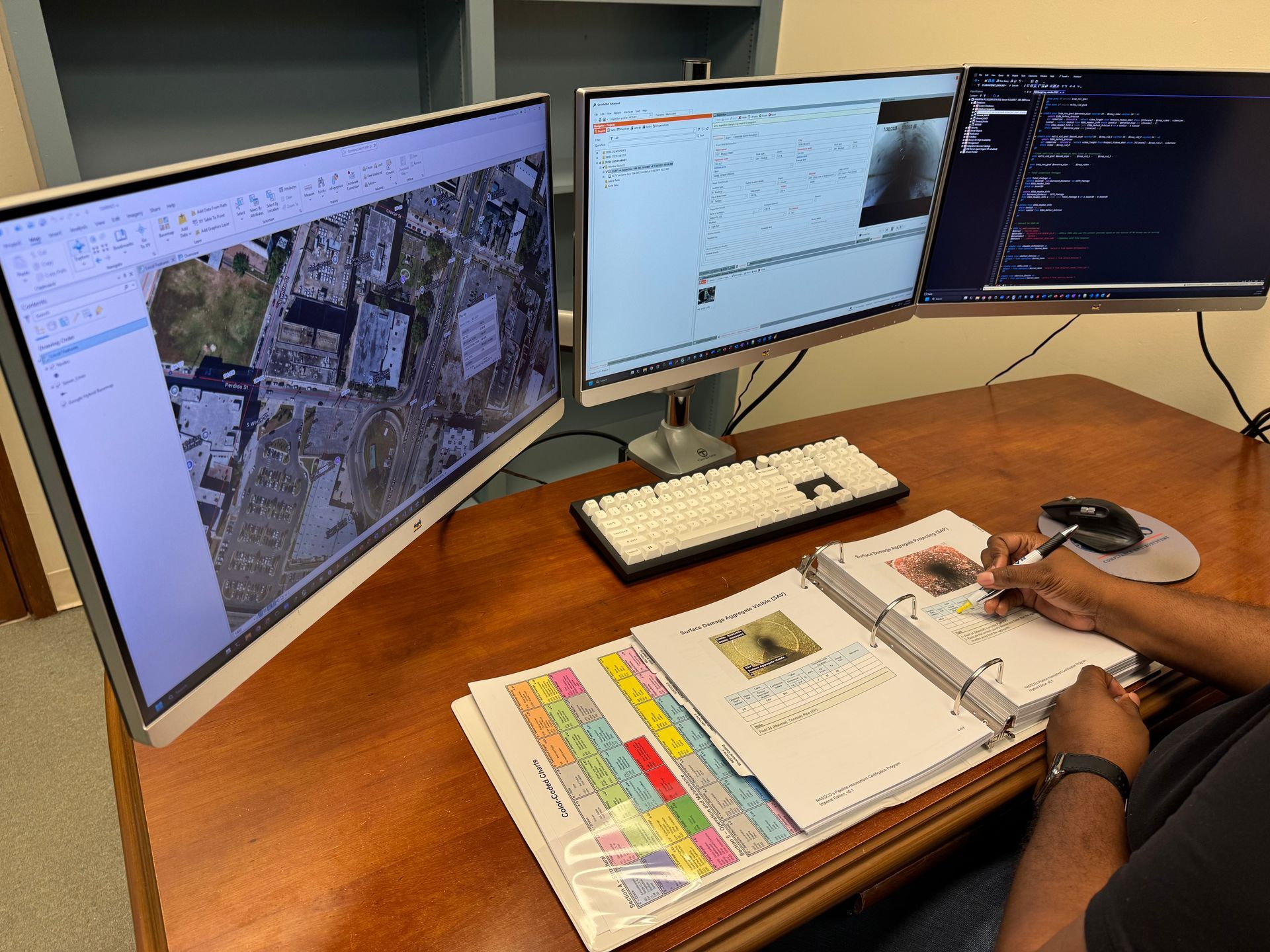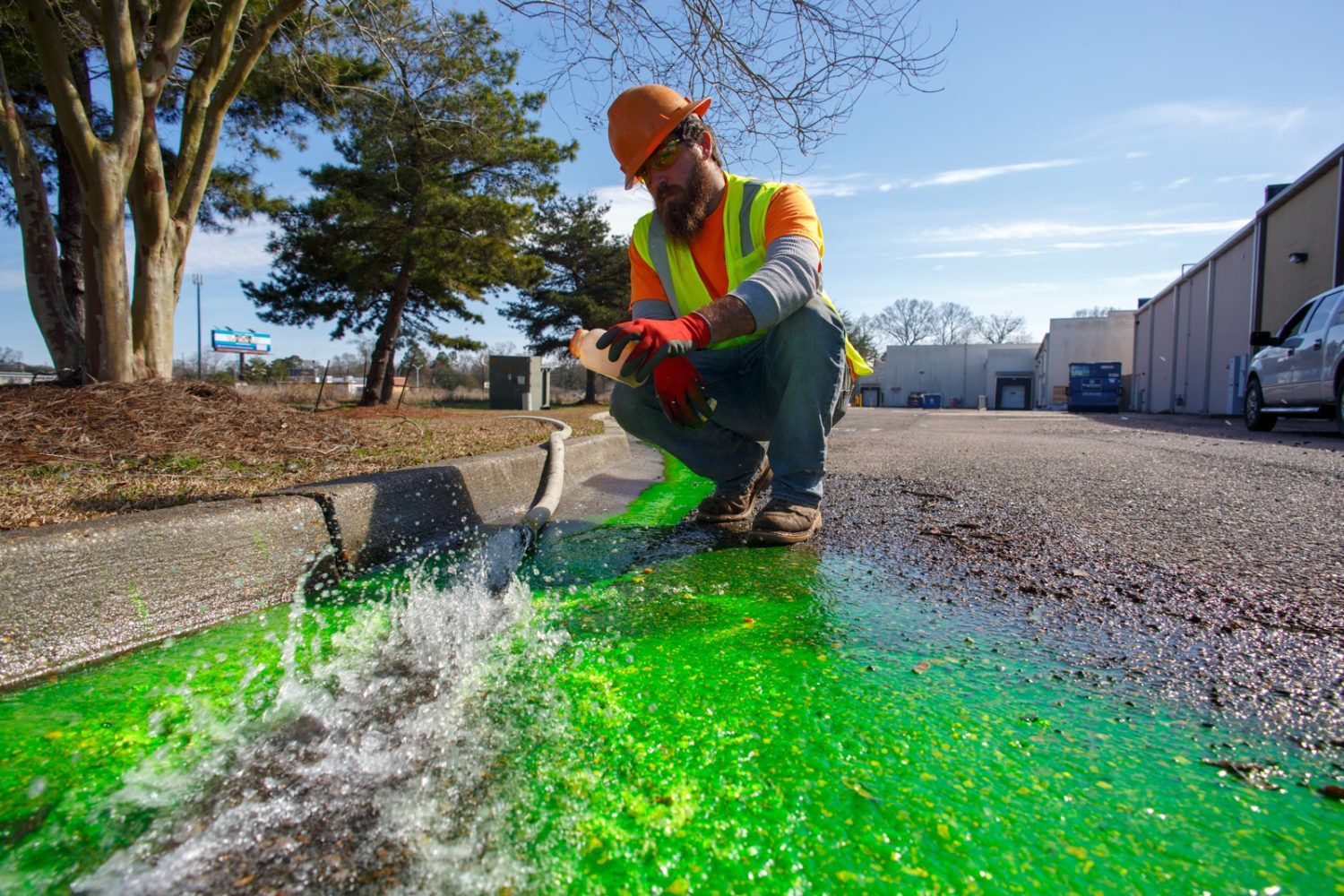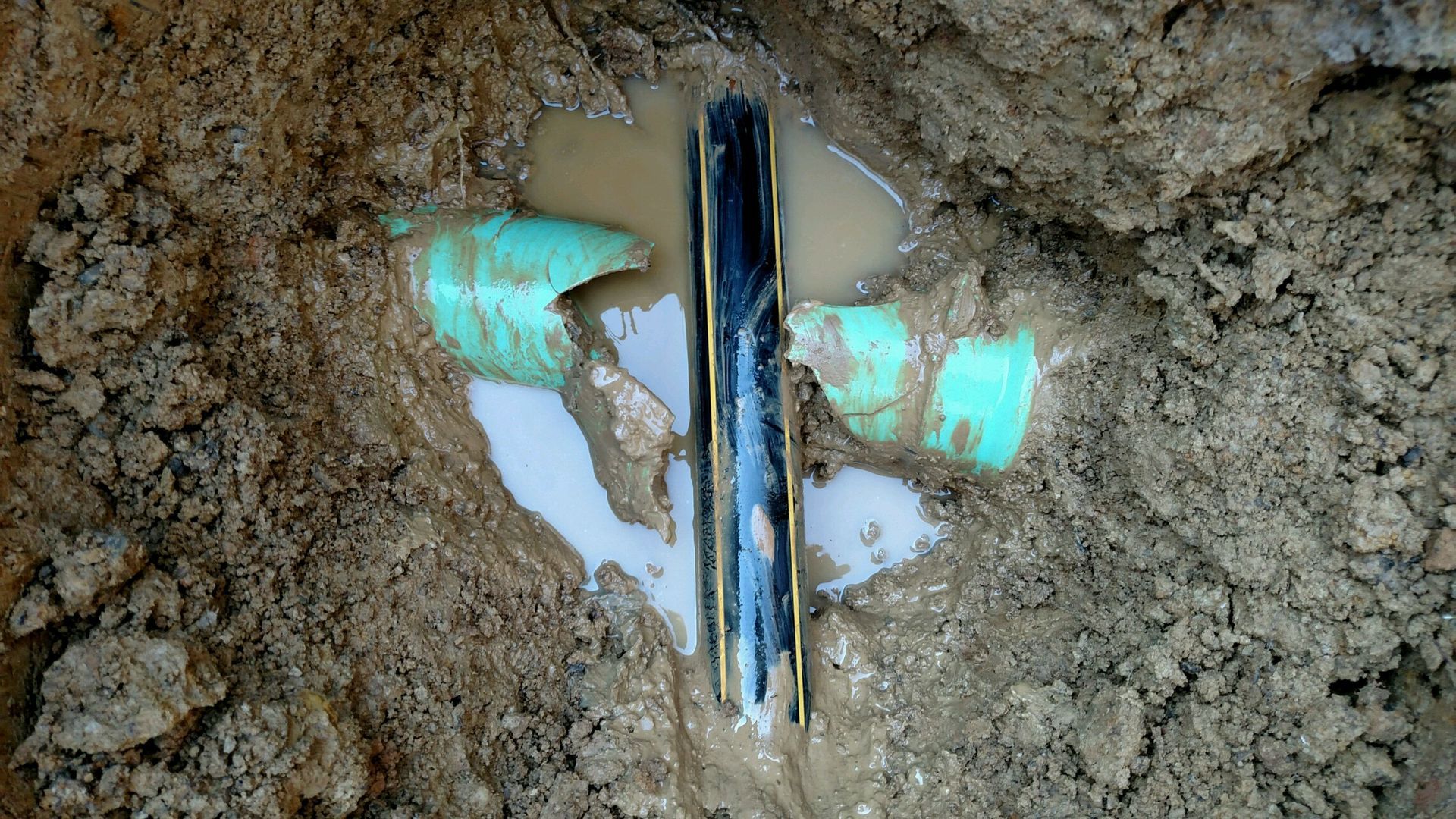After floodwaters recede, storm drains and sanitary sewers often become clogged with silt, sediment, and debris, including remnants of damaged structures. CES crews utilize advanced inspection and cleaning methods, including high-velocity jetting, vacuum excavation, and Closed-Circuit Television (CCTV) inspections, to assess and clear obstructions. Our services are supported by GIS data collection, providing municipalities with accurate records for compliance and future planning.
With experience responding to major hurricanes, CES has coordinated large-scale recovery efforts, managing multiple crews and executing efficient cleanup for storms from Hurricanes Katrina and Rita to Harvey, Ida, and Helene.
Our storm recovery services go beyond debris removal. Every project includes thorough documentation, GIS integration, and compliance support. CES’s Data Management Team provides detailed reports outlining recovery efforts and findings, GIS data mapping for accurate system records, and expert guidance on FEMA reimbursement protocols.
frequently asked questions
Why choose CES for storm recovery services?
CES crews are highly trained and ready to respond quickly in the wake of a disaster. Our company has decades of experience assisting municipalities with storm response and recovery, and our crews are highly trained in sewer system cleaning, bypass pumping, and inspection services.
We work directly with municipalities, state agencies, and federal authorities to restore essential services as quickly as possible after disasters occur.
How long does it take to get crews lined up for storm recovery?
CES crews are typically able to mobilize in less than 72 hours.
What types of debris removal are covered under FEMA reimbursement?
FEMA generally covers the removal of flood-related debris from storm drains and sanitary sewer systems when properly documented.
CES provides detailed reporting to support reimbursement claims.
Does CES provide surface-level debris removal?
Our primary focus is on stormwater and sanitary sewer system recovery.
We specialize in cleaning and inspecting underground infrastructure to ensure long-term functionality.
In the event of a power outage, does CES offer sewer hauling?
Yes. In the event that power is lost, CES can transport water from disabled pump stations or blockage locations to Wastewater Treatment Plants to avoid overflows and backups.
CES crews use specialized vehicles to pump and haul untreated wastewater to disposal locations to protect the public from the negative effects of sewer backups.
Can CES prevent overflows before they happen?
CES is equipped to monitor pump station wet wells and pinpoint where overflows will happen in the event of a major power outage. These overflows can be prevented using technology that accurately predicts hydraulic failures in the gravity system.
By preventing overflows before they occur, CES helps utilities maintain compliance and avoid costly fines, all while protecting public health, maintaining the integrity of your infrastructure, and minimizing environmental impact.
Why is sewer hauling important during power outages?
When power is lost, pump stations can fail, leading to sewer backups or overflows.
Sewer hauling allows wastewater to be removed and transported manually, helping prevent environmental contamination and expensive damage.

